No products in the cart.

African Moors invaded and conquered parts of Spain and Portugal in the 8th century and established a Muslim state, known as Al-Andalus, which lasted for nearly 800 years.
Contents
During this time, the Moors made significant contributions to fields such as mathematics, astronomy, and medicine, which had a lasting impact on Europe’s intellectual development and brought the continent from the Dark Ages into the Renaissance.
It remains a topic of interest to many curious minds as to how the African Moors became a part of Europe’s evolution, and even more, what part the Moors played in birthing the now famously civilised continent known as Europe. What is undeniable, however, is that the African Moors did influence Europe.
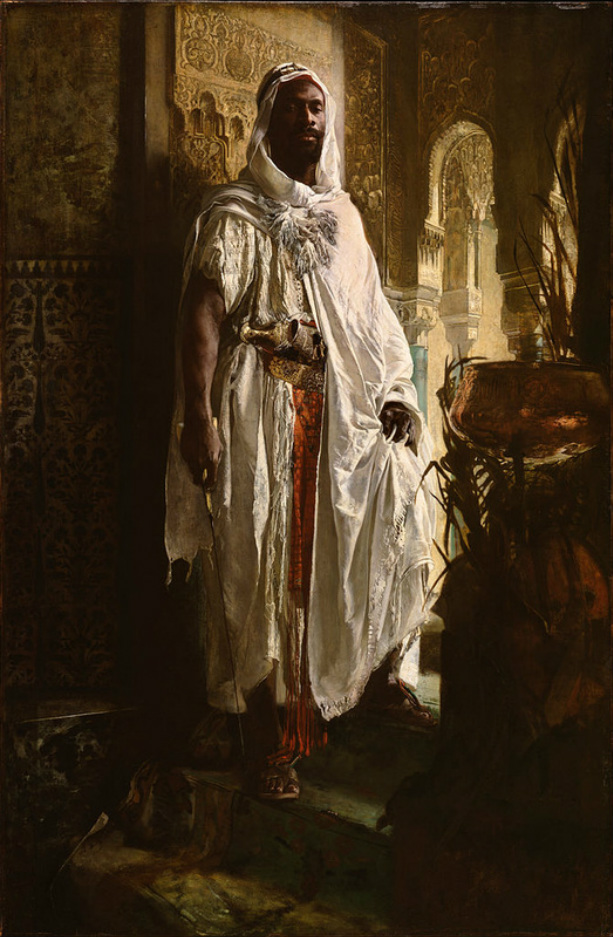
Since every story has its starting point, any attempt to provide a narration of the story of Europe and the African Moors will be an incomplete account without the inclusion of the origin of the Moors. Who were they? Where did they come from? They are, after all, the subject of this interesting episode.
Who were the Moors?
The origins of the Moors can be traced to North Africa, before the invasion of the Arabs on its Black soil. At this time, the natives of the North African region were referred to as Berbers. Following the capture of North Africa in the 7th century, the Arabs brought along their language and newly established religion — Islam, to the natives of North African countries like Morocco, leading to the rise of Black African Muslims. Years later in history, an army comprising majorly these Black Muslims would invade, capture and rule Europe, and this group would afterwards be referred to, specifically, as the Moors.
Although the term “Moor” has found its specific use in this sense, like many other words, it evolved and was adopted as a generic term for North African Muslims and Black-skinned people living in Europe. However, in cultural arts today, the word “moor” is continually used to depict artistic works related to the Moorish empire.
The Arab Conquest: Arrival of the African Moors in Europe
Throughout history, taking over territories, lands and kingdoms was mostly achieved through wars, and the arrival of the African Moors in Europe followed this common trend. Just as the Arabian soldiers invaded and conquered North Africa, in 711 A.D, an army of African Moor soldiers led by Tariq ibn-Ziyad, a Moorish General, opened the invasion of the Iberian Peninsula — the vast region surrounding today’s Spain and Portugal.
The series of historic battles that ensued after is known as “The Arab Conquest”, or the “Umayyad Conquest of Hispania”. Whether or not Europe expected this invasion is uncertain, but one thing that is for sure is that the unprepared Spain lost, perhaps, too easily. The loss from these battles began the era of African Moors ruling over the Iberian Peninsula, particularly southern Spain.
Some accounts of the Conquest record that a certain Christian Count, Julian, sought help from the North African forces as a way of escaping the oppressive rule of King Roderick of Spain. Other accounts name religious and political opportunities as factors that instigated the invasion. Perhaps the Arabs who invaded North Africa grew a desire to own more territories, thus, leading the Moor troops to invade Spain to spread the Islamic territories. This is more probable as the North African leaders had agreed to fight for the Arabs when they were conquered.
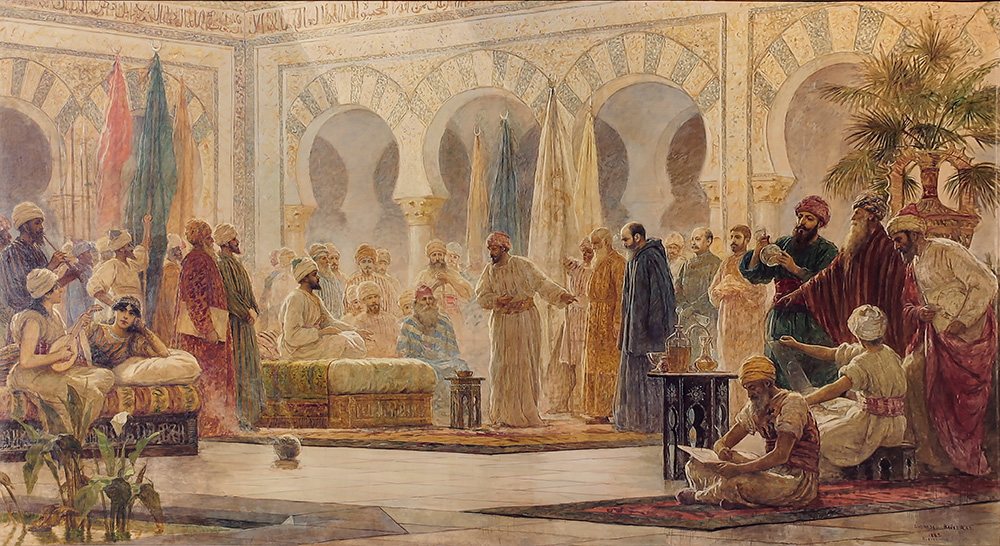
Nevertheless, a consistent detail in most accounts is that Roderick was King at the time the African Moors invaded Spain. In the definitive battle, Roderick and the Christian Visigoths Army fought to the death, literally, against the Muslim Moor army. With the loss of the battle and the King’s death, the 300-year reign of the Visigoths ended, making Roderick the last king of the Goths to rule from Toledo. Finally, the Moorish era and reign in Europe were ushered in.
The 800-Year Moorish Reign in Europe
It is undeniable that the African Moors ruled the Spanish peninsula for almost 800 years. What began in 711 continued in stages, as the Moorish Army spread into regions, taking over most parts of today’s Spain and Portugal, and in about a decade, the majority of the Iberian Peninsula was brought under Islamic rule. The resulting empire established by the Muslim Moor was named Al-Andalus.
It must be admitted that this feat is noteworthy, for before the invasion, Spain had been under Visigoth Christian rule for hundreds of years, yet the African Moors were able to establish such control, under which Spain was dubbed “Muslim Spain”, due to the Islamic rulership.
At this point, one may question if the Moorish conquest and reign had any actual influence on European culture aside from the religious and political revolution caused by the introduction of the Islamic religion. But this is far from being true. Not only will it be a disservice to history, but also an act of injustice, to diminish or gloss over the contributions of the African Moors to the development of Europe.
The period between the years 711 and 1492, which marked the years of the Moors’ reign saw changes in the different sectors, notably, agriculture, architecture, food, culture, language and education in Europe.
African Moorish Influence on Agriculture and Food in Europe
Although the farming system in use in Europe before the arrival of the Moors originated from the Romans, the African Moors advanced this agricultural system in Spain by introducing new techniques and crops into the region. Today, amongst other crops that the Moors brought into Spain, rice has become one of Spain’s key products.
Undoubtedly, since crops are a major source of food, the production of new crops means the availability of new meals. Thus, it is even less surprising that in Spain today, one of the most popular meals is influenced by the African Moors.
Paella, as the meal is popularly called, is one of the most iconic Spanish meals that owes its existence to the African Moors. Not only is the key ingredient – rice, an agricultural product introduced by the Moors, the spice as well, referred to as Saffron which is an always-on-duty ingredient in the kitchens of most homes and restaurants or cooking spaces in Spain, can be traced to Moorish origin.
This is where the question of whether the Moors truly introduced crops or merely improved the crops already grown in Spain arises. However, even if the latter were true, it does not nullify the fact that many Spanish cuisines and agricultural crop products enjoyed in today’s Spanish culture exist courtesy of the African Moors designing a variety of innovative ways to improve farming and cooking techniques. Another testament to this is that Spain’s first large-scale textile material, cotton, was mass grown by the Moors.
The most notable innovation credited to the Moors is the formation of the irrigation system which raised the bars of agricultural produce. It is not surprising that Spain experienced a decline in agricultural production following the fall and exit of the Moorish Empire.
African Moorish Influence on European Culture and Language
Without a doubt, many would agree that humans, being relational beings, are naturally inclined to relate with other humans. It is inconceivable and absurd to think that the Moors will spend over 700 years in Spain without a form of interchange between both cultures. However, integrating the practices and cultures of both parties is hardly as simple as it sounds.
The Moors were Africans, with streaks of Arabian culture since they were Muslims. Spain, on the other hand, had been a Christian territory. This may have influenced the language. After all, the Muslim Moors and Christian Spaniards, regardless of their obvious differences, would not be able to escape communicating with each other.
As it appears, more than 4,000 words in the Arabic vocabulary have been adopted as derivatives and roots in Spanish expressions, and most languages in Spain have Arabic influences in their lexicon. It seems that with each sentence spoken in the Spanish language, Europe is being reminded of the significance of the African Moors in the development of Europe.

In addition to this, Spain’s mixed cultural heritage can be attributed to the Moorish invasion. To put it more definitely, people of African, Arabian, Jewish and European descent lived together in Al-Andalus — the centre of the Muslim Spain empire. Future relations, however few, between these diverse cultures, produced a new, but mixed generation of Spaniards.
At this juncture, it is important to also add that the occupation of Europe by the African Moors impacted North Africa as well. The difference in the skin colour of North Africans from the sub-Saharan Africans is said to be accounted for through the relations between the Moors and the European slaves they had won during the invasion of Spain.
African Moorish Influence on Architecture and Arts in Europe
If the word “Moor” had a synonym other than black, it would most likely be “Architecture”. African Moors were well known for their artistic structures which are often broadly categorised in literature as Moorish Architecture.
The Moorish architecture showed distinct structures and features that exuded Arabian elegance indicating its origin in Islamic arts and has been admired by many art lovers around the world, making Spain a highly valued tourist attraction centre.
Spain, indeed, is a beautiful place, and it is even more true that many of the most beautiful sites visited are buildings such as palaces, mosques and castles. Certainly, the African Moors were well ahead of Europe with respect to their expertise and craftsmanship in constructing such complex structured buildings.

Some of the best examples of beautiful Moorish buildings in existence in Spain today include The Alhambra Fortress — the historical ground of the final battle between the Muslim Moors and the Christian Spaniards in 1492, which is today listed by UNESCO as a World Heritage site. The Iconic Mosque of Cordoba — an uncanny building of a Mosque with a cathedral right in its middle, which depicts the period when Muslim Moors and Christian Spaniards co-existed in Spain is another great example of excellent Moorish architecture.
It goes without saying that any visit to Spain, without seeing these Moorish sites or any other, might as well be considered incomplete. Although some of the Moorish Architectural buildings were destroyed during the expulsion of the Muslim Moors from Spain by armies of some united Christian kingdoms and are in a state of artistic ruins, many of the Moor structures remain and stand as testaments to the aesthetic pleasure and economic value the African Moors contributed and are contributing to Spain.
African Moorish Influence on Education in Europe
The African Moors had a significant influence on education, particularly during their rule in Spain from the 8th to the 15th century. They established many universities, libraries, and schools, and their intellectual achievements contributed significantly to the development of education in Europe.
One of the most significant contributions of the Moors was their translation of many works of ancient Greek philosophers into Arabic. These works were then translated into Latin and became widely available to scholars throughout Europe. The Moors also made significant advances in mathematics, including algebra and geometry, which had a lasting impact on the development of education in Europe.
In addition to their contributions to mathematics and philosophy, the Moors also established many centres of learning throughout Spain and Portugal. The most famous of these was the University of Cordoba, which was founded in the 10th century and attracted scholars from all over Europe.
The Moors also established many libraries, including the famous library at Alhambra, which was one of the largest libraries in the world at the time. These libraries were open to scholars of all religions, and they became centres of intellectual exchange and learning.
Overall, the African Moors had a significant influence on education in Europe, particularly during their rule in Spain. Their intellectual achievements and contributions to mathematics, philosophy, and education had a lasting impact on the development of European civilization.
The Reconquista: Fall of the Muslim Moor Empire
There is a level of truth to the saying “To every beginning, there is an end.” The Moors ruled Europe for more than twice the reigning years of the Visigoths. However, their era of reign ended in 1492 under the rule of King Boadil, also known as Mohammed XII.
Every reign has its troubles, as did the Moorish reign. After years of coexisting, division crept up between the Christian Spaniards and Muslim Moors. In the 15th century, the Christian army from the northern region, under Castilian King Ferdinand and Queen Isabella, launched the final battle of Reconquista with a strong desire to recover the Iberian Peninsula from Muslim Moors and they defeated and conquered the Moors.
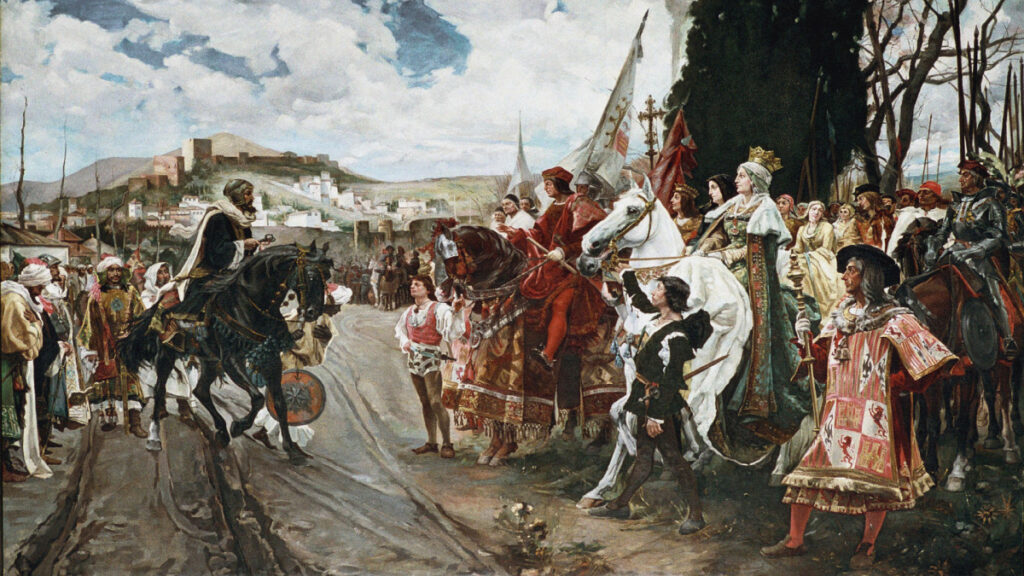
After the defeat of the Muslim Moorish Army, the religious and political tides turned in Spain. This marked the expulsion of Islam from Spain and the return or a new beginning of Christian Spain after 800 years of Islamic rule.
However, when considered objectively, anyone can agree that 800 years is more than enough for the Moors to imprint their image in the subconsciousness of Spain, an imprint that is yet to be completely erased. Perhaps, it never will be.
Remnants of an Empire: The Legacies of the Moors
It is discomforting that the question “Did the Moors develop Europe?” is still being asked today. The similar question, “How did the African Moors civilise Europe?” is evidence that for a long time, the significant work of the African Moors in Europe has been untold, or at least not given the spotlight it deserves.
To say the Moors civilised Europe does sound like a big claim, and it is rightly so. For it would appear that Europe owes a lot of its evolution to the African Moors. On the other hand, it is just as clear that Europe can’t wash away the influence of the Moors.
In the structures around, in the languages spoken, in each bite of Paella and other meals, Europe, particularly Spain, continues to ingest the remnants of Moorish culture. Since Europe is still reaping the fruits of the seeds planted by the African Moors, admittedly it would be right in a sense to say that the African Moors developed Europe.
Certainly, this summary does not provide an encompassing recount of all that transpired during the Moor Empire’s rule in Europe. To provide such a recount within a few minutes is only as easy as counting 800 on five fingers.
Ultimately, one may be right in saying the legacy of the Moors is just as tenacious as the Moors were. Some may try to muffle the sounds by ignoring the historical accounts that speak on the contributions of the Moors to a civilised Europe. Nevertheless, the African Moorish influence on European development continues to echo loudly in the everyday life of modern Europe.
We always have more stories to tell. So, make sure you are subscribed to our YouTube Channel and have pressed the bell button to receive notifications for interesting historical videos. Also, don’t hesitate to follow us on all our social media handles and to as well share this article with your friends.
Feel free to join our YouTube membership to enjoy awesome perks. More details here…
Sources
Albala, K. and Weiss-Adamson, M. (2003). Regional cuisines of Medieval Europe. The Sixteenth Century Journal, 34(1), 261. https://doi.org/10.2307/20061381
BBC (2009, September 4). Religions – Islam: Muslim Spain (711-1492). BBC. Retrieved January 31, 2023, from https://www.bbc.co.uk/religion/religions/islam/history/spain_1.shtml
Blakemore, E. (2022, August 22). Who were the Moors? History. Retrieved January 31, 2023, from https://www.nationalgeographic.com/history/article/who-were-moors
Erwin, T. G. (2002). The Moorish influence on Spanish language, civilization, and culture. SIT Digital Collections. Retrieved January 31, 2023, from https://digitalcollections.sit.edu/ipp_collection/394/
Fletcher, R. (2015). Moorish Spain (1st ed.). Weidenfeld & Nicolson.
Glick, T. F. (1974). Moorish culture in Spain. Hispanic American Historical Review, 54(2), 334–335. https://doi.org/10.1215/00182168-54.2.334
Kalmar, I. D. (2001). Moorish style: Orientalism, the Jews, and synagogue architecture. Jewish Social Studies, 7(3), 68–100. https://doi.org/10.1353/jss.2001.0011
Map of Spain. (2018). Christians and Moors in Spain. Vol 3: Arab Sources, vii-vii. https://doi.org/10.2307/j.ctv16zjjpp.3
Roolvink, R. (2008). Spain in the Thirteenth and Fourteenth Centuries: the Reconquest by the Christian Kingdoms in the North; the Kingdom of Granada in the Historical Atlas of the Muslim Peoples, 26–26. https://doi.org/10.4324/9781315888156-34
Sertima, I. van. (1992). Golden age of the Moor. Transaction.
Sloman, A. E. (1949). The phonology of Moorish jargon in the works of early Spanish dramatists and Lope de Vega. The Modern Language Review, 44(2), 207. https://doi.org/10.2307/3716981
Smith, D. J. (2011). Reconquista (711-1492). The Encyclopaedia of War. https://doi.org/10.1002/9781444338232.wbeow513
Watt, M. W., & Cachia, P. (2017). The significance of Islamic Spain. A History of Islamic Spain, 143–152. https://doi.org/10.4324/9781315083490-11
Leave a Reply
You must be logged in to post a comment.

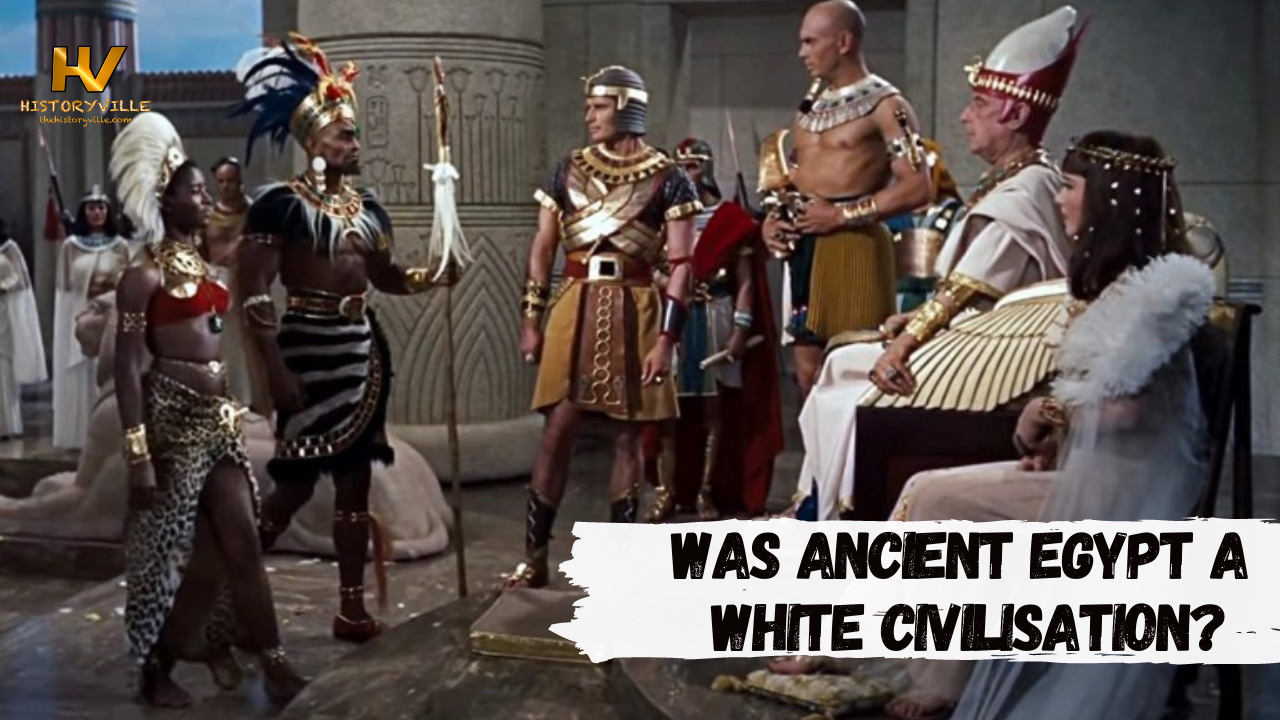


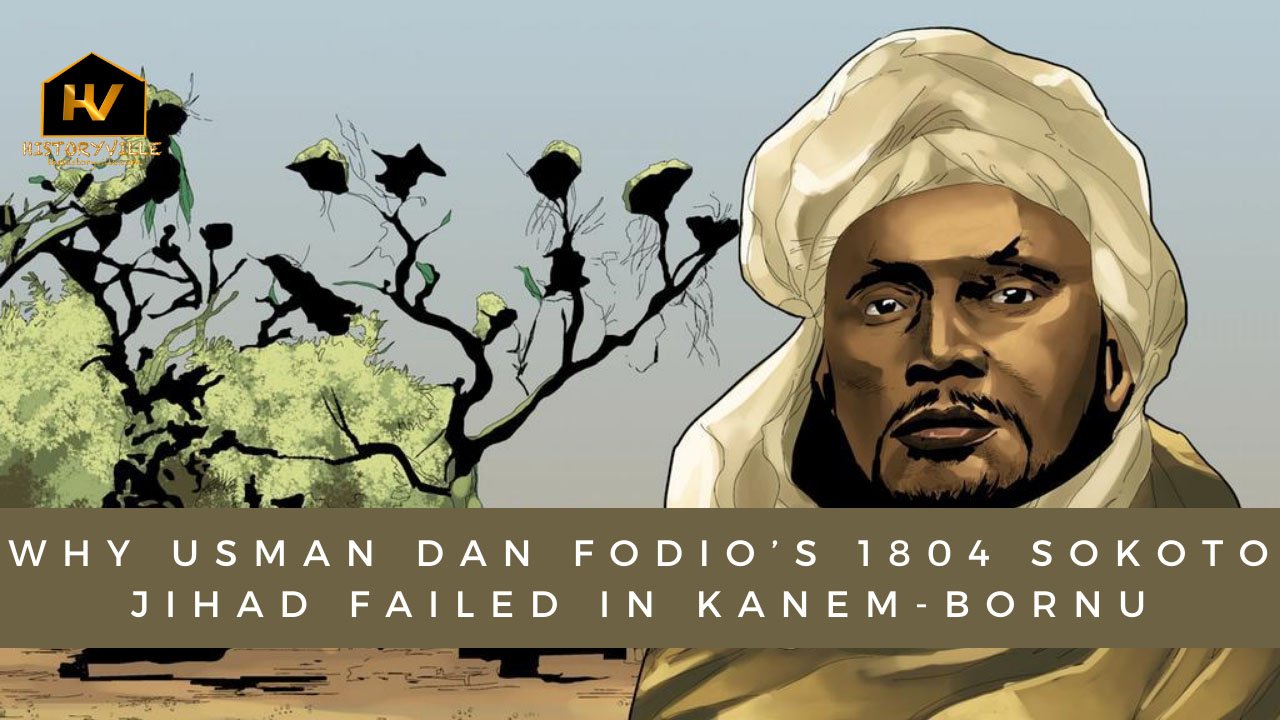
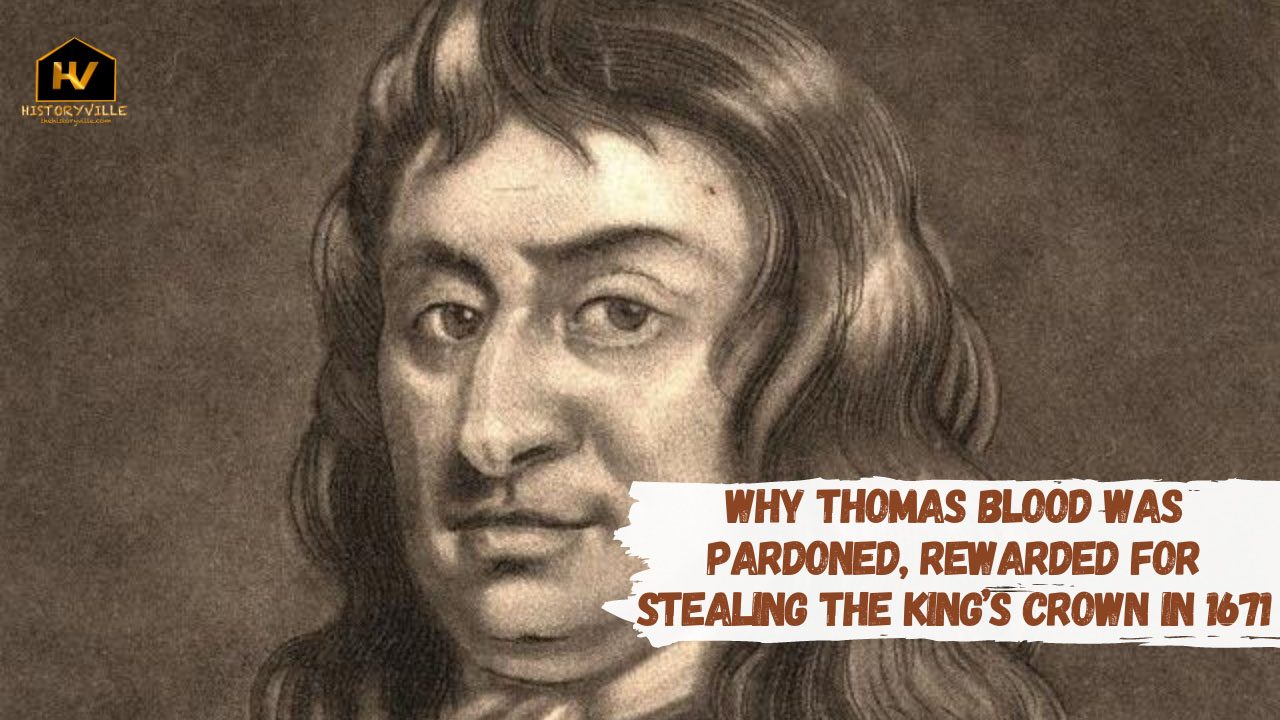




Leave a Reply